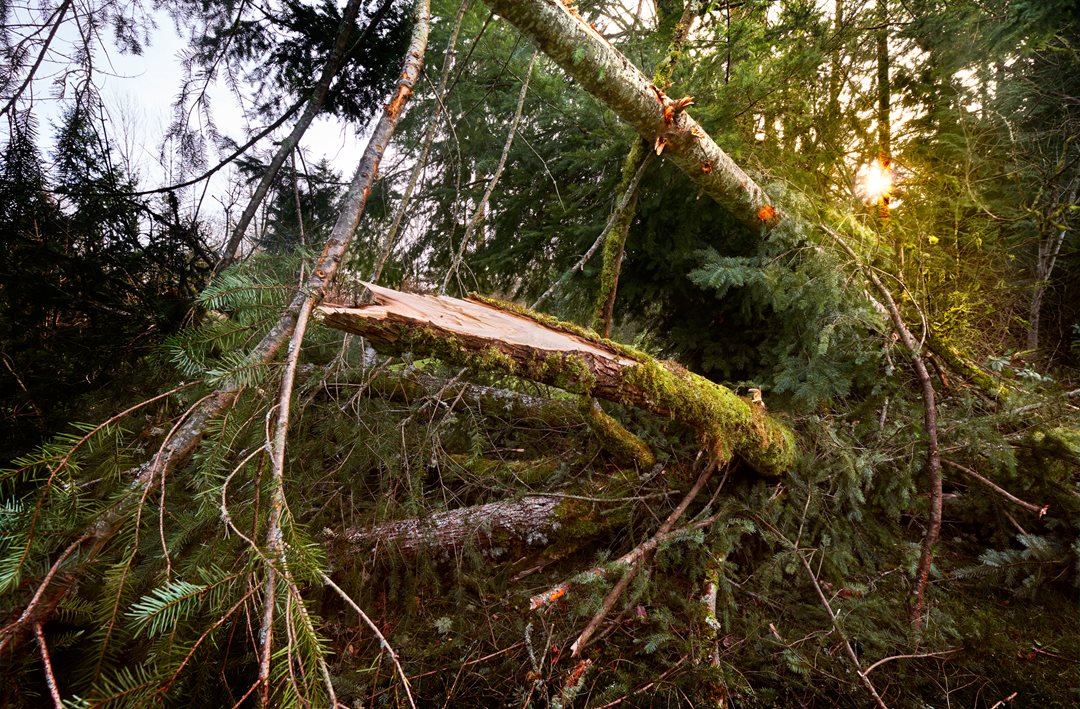Protecting your home during windstorm season | PEMCO
 The leaves have changed, the morning frosts have arrived...and windstorm season has officially started. Did you know windstorms are the leading cause of home insurance claims during the months of November and December? Fortunately, preparing for a windstorm is more straightforward than you might think.
The leaves have changed, the morning frosts have arrived...and windstorm season has officially started. Did you know windstorms are the leading cause of home insurance claims during the months of November and December? Fortunately, preparing for a windstorm is more straightforward than you might think.
Here’s everything you need to know about preparing for the high winds and heavy rain that have the potential to wreak havoc on your home and property during late fall and winter storms. Follow these steps to help mitigate risk and protect what matters most. Hopefully, these tips give you a bit more peace of mind when Mother Nature sends big gusts your way.
Pre-windstorm checklist:
-
Trim trees and shrubs. Remove any dead or overhanging branches that could fall on your home or power lines.
-
See if any trees on your property need to be removed completely. Here are some warning signs:
- It has pushed-up soil at its base
- Has wood shavings from insect activity
- Is leaning, lopsided, or has V-forked trunks
- Has a history of breakage
- Is cracked or hollow
- Has signs of rot or disease
-
Secure loose items outside your home. This includes patio furniture, umbrellas, garbage cans, awnings/canopies, barbecues, and anything else that could be blown away by strong winds. Don’t forget the kid toys!
-
Reinforce your roof. Make sure shingles are in good condition.
-
Inspect your gutters and downspouts. Make sure they are clean and free of debris. Pouring rain combined with clogged gutters can lead to disastrous flooding.
-
Park vehicles in the garage.
-
Prepare an emergency kit. This kit should include food, water, first-aid supplies, waterproof matches, batteries and flashlights.
In addition to these general tips, there are a few more steps you can take to help ensure you and your loved ones stay safe as we embark on windstorm season:
-
Stay informed on weather conditions. If you’re one of the many people who have ditched cable and don’t rely on the TV for your news, make sure your smart phone is optimized for weather alerts.
-
If you use a landline, make sure you have a corded phone accessible. Wireless phones won’t work when the power goes out.
-
Even when it’s not peak windstorm season, inspect your home and property regularly with severe weather in mind. It can help you address potential problems, well...before they’re problems. Frequently check your fence too (especially your fence posts) to make sure they’re not starting to rot.
While a windstorm can happen at any time of year—not just November and December—it's important to be informed so you’re prepared if and when it happens. When you follow these tips, you can help mitigate the potential for damage to your home, property, and vehicles.
Get a quote and save when you bundle
Share on social media